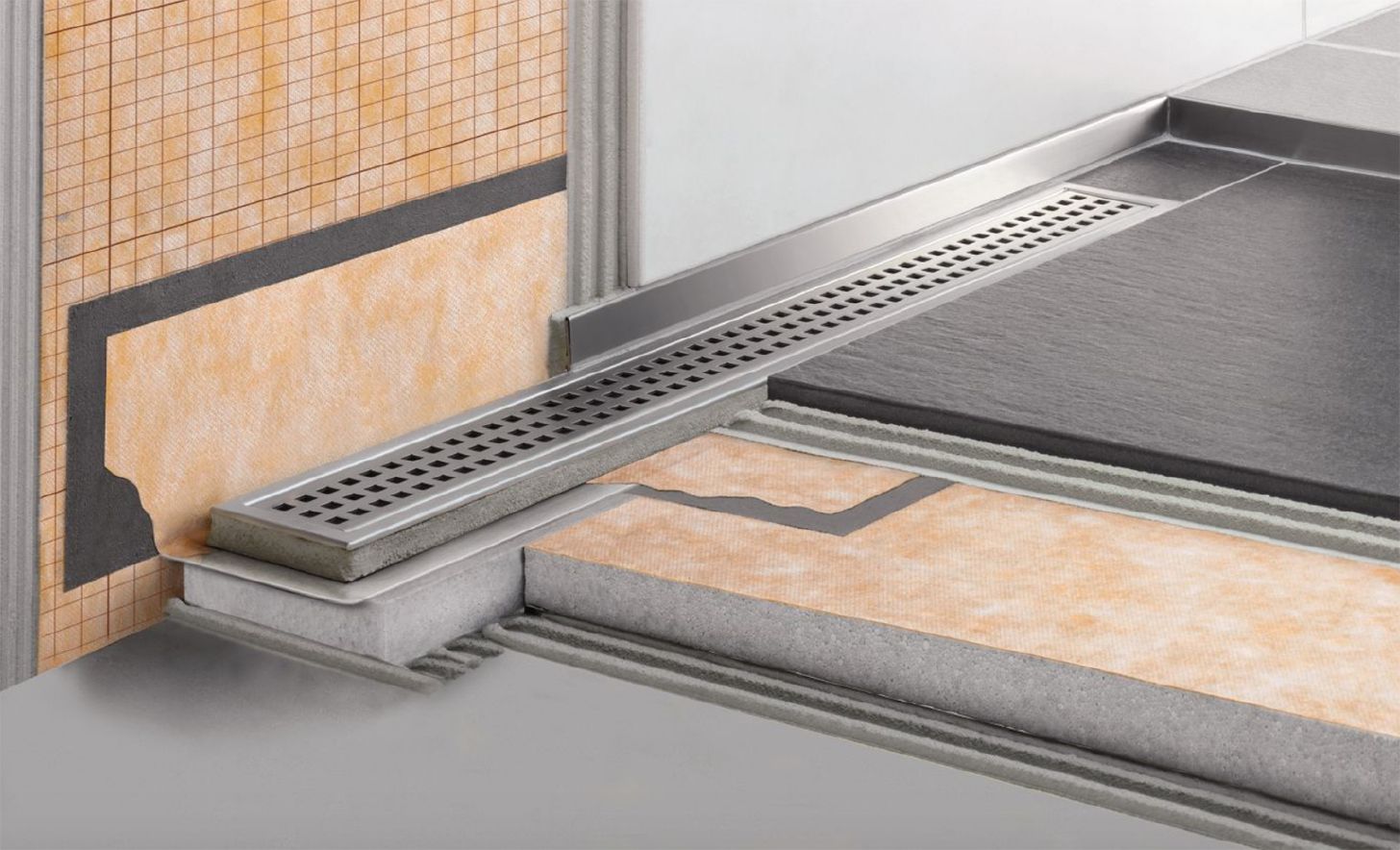Handling Your Self Drainage System Project
Handling Your Self Drainage System Project
Blog Article
Are you currently searching for know-how concerning How to Install a Shower Drain?

Upgrading a washroom is among the a lot more prominent residence enhancement projects. Managing the plumbing for draining your shower can be exceptionally easy unless you overdo.
Handling Your Own Shower Drainpipe Installation Project
Whether you are a tub or shower individual, lots of people look for shower only alternatives when acquiring a home. This simple truth means greater than a couple of homeowners invest a weekend upgrading or setting up showers in their washrooms. The good news is for you, it is a relatively simple process.
An enthusiast or frying pan describes the horizontal surface situated at the end of the shower. The collector commonly contains a non-slip surface a little banked in the direction of the center or anywhere the drain lies. Integrated with three to 4 inch walls around the side, the goal of your shower drain plumbing is to get the water to flow to and also down the drain.
You can physically construct an enthusiast for your brand-new shower, yet you really need to think of it. Do you truly want to enter the complications of getting the sloping correct, and also ensuring every aspect of it is water-proof? And also I indicate every element! It is a lot easier to simply get a pre-cast collector online or at your regional Lowes, Home Depot or hardware shop. Building one might seem like a great concept, yet you will most likely feel in a different way after a number of hrs.
Regardless of how you go about getting a frying pan, you ought to make every effort to utilize one that has the drainpipe located in the very same place as the original pan. Relocating the drain pipes can be a job, particularly if the contractor used an unique framing structure. If you are determined to relocate the drain, you are going to need to cut back the pipeline or lengthen it, which might mean destroying large chunks of the flooring. Put another way, you are going to be taking a look at a multiple weekend break job.
Thinking we have our drain aligned, the actual connect is relatively basic. The drainage pipeline should be dealing with upright up to the enthusiast. It will certainly commonly look like a "U", which implies it works as a cleanout to maintain unpleasant scents from returning up from the drain. To connect the drain, you are going to produce a water limited connection in between a drainpipe cap on the top of the pan and also the drainage pipe. Systems vary, yet you are normally going to do this by placing a combining piece on the top of the water drainage pipeline. This is after that covered with gaskets and essentially screwed into the drain cap. The drainpipe cap should serve as a locknut, to wit, it screws directly onto the coupling.
The complicated part of this procedure is obtaining your drain cap to fit into a watertight position in the frying pan. This is completed by backing off the drain cap as soon as you make certain everything fits together. At that point, you placed plumbers putty around the underside of the cap and after that screw it back on. The putty should create a tight seal in between the cap and the shower frying pan, which keeps water from dripping under it and into the framing under the shower.
Clearly, bathroom showers come in a wide array of styles these days. If you acquire a collector, they often come with plumbing guidelines or the store can keep in mind anything unusual you need to know. It sounds intricate, yet is normally pretty easy. Have a good time!
Tips for Installing a Shower Drain Assembly
Renovating a bathroom can be exciting as well as fulfilling if you’re tackling the job DIY-style. After you cross off the bigger decisions such as tile style, paint colors, and fixtures, you’ll need to finalize smaller details – such as the shower drain. In this article, we’re sharing some tips for selecting and installing the right drain assembly for your updated shower.
What is a shower drain assembly?
Shower bases or pans typically only come with a pre-drilled drain hole. Since the pan slopes toward the drain, you should consider the placement – left, center, or right – when designing your shower. You’ll need to purchase and install a shower drain assembly that connects the shower pan to the drain pipe underneath the shower. There are a few types of assemblies, which will be covered below.
Size of a shower drain
When it comes to installing drains, size matters. The recommended pipe size for a shower drain is 2 inches, whereas most tubs use 1.5-inch pipes. Why the difference?
Shower pans are shallower than tubs, so there’s a higher risk for overflow. So, the larger pipe allows for quicker draining. If you are replacing an old tub with a newer stand-up shower, you will need to make additional plumbing adjustments to accommodate the 2-inch pipe.
Types of shower drain assemblies
There are three common types of shower drain assemblies: compression shower drain, solvent-glue shower drain, and tile shower drain. The layout, design, and materials of your shower can determine which type of shower drain assembly will work best.
Compression shower drain
This type of assembly attaches to the drain pipe with compression washers and nuts. The drain fitting is typically installed into the base, and then the base is installed into the bathroom floor. This makes compression-style drains easier to install than other options, particularly if you don’t have easy access from the floor under the shower base. Drains are available in a wide range of materials such as PVC (polyvinyl chloride), ABS (Acrylonitrile Butadiene Styrene), and brass, and can be used for acrylic, fiberglass, and steel shower bases.
Solvent-glued shower drain
Made of either polyvinyl or ABS, this type of shower drain is sealed to the drain pipe with solvent glue and silicone. Since you’ll be working underneath the drain pan, we only recommend using this type of drain if you have access under the shower, such as from a basement or crawlspace. It’s also important that you match the type of plastic of the drain with the drainpipe. If you take these precautions, you can install a solvent-glued drain assembly with acrylic, fiberglass, and steel shower bases.
Tile shower drain –
Drain assemblies for custom tile showers feature a waterproof membrane liner placed between two flanges. The tile is installed on top of the liner, collecting any water that seeps through the porous grout. A metal strainer is installed in line with the tile over the drain.
https://www.epshawaii.com/blog/tips-for-installing-a-shower-drain-assembly/

I ran across that review about Simple Steps for Installing a Shower Base while doing a search on the web. Sharing is caring. Helping others is fun. Thank you so much for taking the time to read it.
Report this page